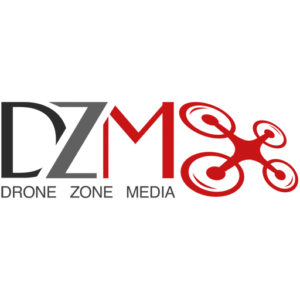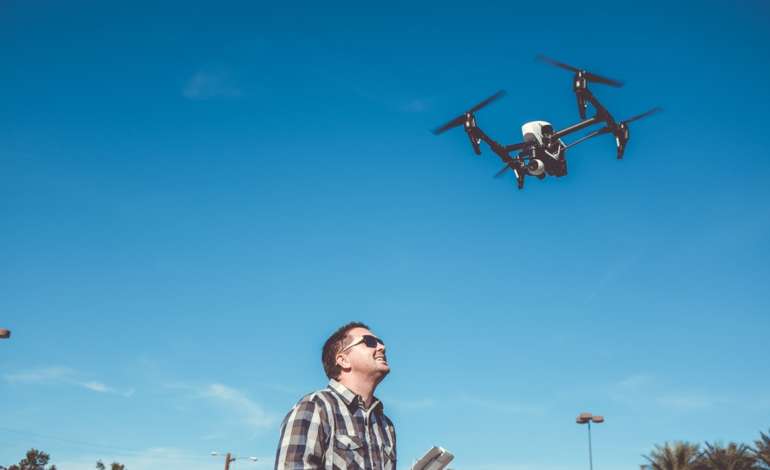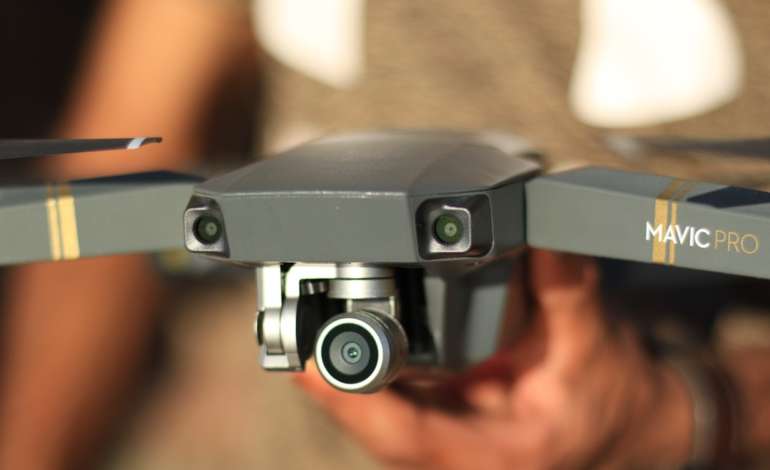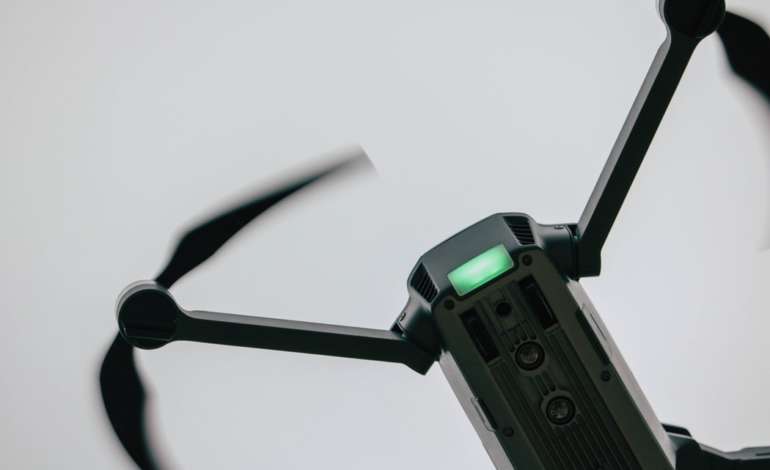Your first drone can be an exciting foray into the world of aerial photography and drone sports. At the same time, it can be a bit overwhelming given the number of options, terminology and caveats new buyers encounter. Whether you’re into flying for fun, photography, videography, or you have some innovative ideas on how to use the device, it can very quickly become a passion. But you want to make sure you’re choosing the best device for beginners, so here are a few purchase tips to help you make that decision.
Basic Features of Entry Level Drones
Here, we’re going to look at the most common features among all drones designed for beginners. We will go into what they’re used for and what you should look for, so you don’t end up purchasing a drone that might be lacking something vital.
- Propellers: Every quadcopter drone comes with a couple of clockwise and counterclockwise propellers. Propellers differ in size and pitch which determine speed and inertia.
- Frames: The body of the drone, it connects all the different pieces together and also provides protection.
- Gyroscopes: Measuring the angular pitch and acceleration on x, y, and z dimensions, gyroscopes help a drone maintain balance in flight.
- Accelerometer: This measures the acceleration and tilt of the drone.
- Photo/video capabilities: Many drones come with ports/connectors that you can easily fit small cameras onto for photography and video purposes. Some drones have cameras readily built into them.
- Sensors for assistance: Working with the gyroscope and accelerometer, there are a range of sensors (magnetic, tilt, and current) that can help correct the pitch and speed of the drone to stabilize it. This helps it fly more safely as well as helping videographers capture smoother footage.
How you prioritize the features above depends on how you’ll be using your drone. Strong frames and propellers are important regardless of what you choose, but other features like photo/video capabilities are more important for specific applications.
Accessories
There are a variety of different accessories that help augment your flight, better control your drone, and leverage other features. Here are some of the most common:
- Battery charging docks to recharge your drone batteries and get more flight time
- Prop guards to help protect propellers from damage
- Sun-shade for drones with remote control screens that allow you to avoid glare
- Gimbal guards for drones with camera systems, avoiding damage to the underside
- Transmitter straps to stop you from dropping the transmitter while flying
Which accessories appeal to you is, of course, all about how you want to use your drone and how much you want to spend, so consider carefully why you’re purchasing the drone before you invest in accessories.
Flight Time
Looking at the technical details of a drone can get confusing for new users. How much power the propellers have, how big the batteries are, and other features will determine how long you can fly the drone. When choosing a new drone, look for a flight time estimate. This is an accurate approximation of how long a fully charged drone can stay in the air in optimal conditions. Some drone forums and experts suggest subtracting about 10-20% from this estimate to account for take-off, landing and weather.
As you get more comfortable with drones, your tastes in hardware may evolve. However, the tips above remain helpful and relevant when purchasing any new drone, so keep this page bookmarked and come back any time you’re on the market.






